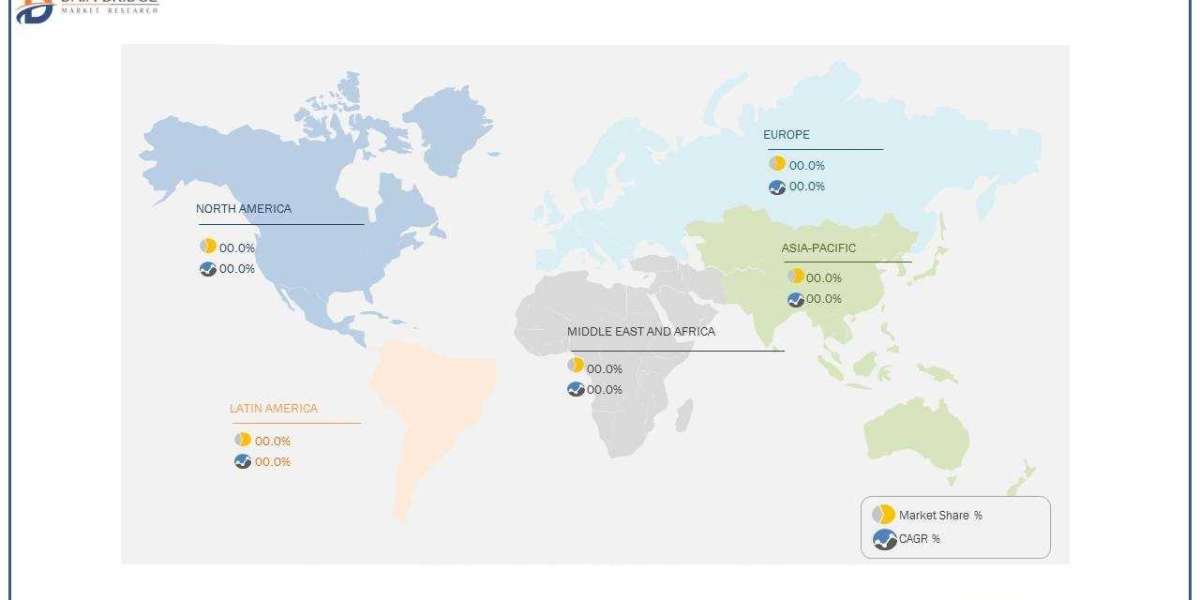Citations serve as the backbone of academic and scholarly writing, lending credibility and authority to your work while acknowledging the sources that have contributed to your ideas. In the realm of writing, particularly in academic circles, mastering the art of citing books is an essential skill. Moreover, comprehending the concept of citations and understanding containers, especially in MLA (Modern Language Association) format, significantly enhances the quality and authenticity of your writing.
How to Cite a Book in Writing:
Citing a book correctly is fundamental in academic writing to provide due credit to the author and enable readers to locate the referenced material. MLA, one of the widely used citation styles, prescribes a specific format for book citations.
Basic Format for Book Citations in MLA:
- Author's Last Name, First Name. Title of Book. Publisher, Publication Year.
In-text Citation:
- In your writing, when referencing a specific idea, quote, or paraphrase from a book, include the author's last name and the page number in parentheses at the end of the sentence. For instance: (Smith 45).
Examples of MLA Book Citations:
For a Book with One Author:
- Smith, John. The Art of Writing. Penguin Books, 2018.
For a Book with Two Authors:
- Brown, Emma, and David Miller. Exploring Literature. HarperCollins, 2020.
For a Book with Multiple Authors:
- Davis, Sarah et al. The Evolution of Language. Cambridge University Press, 2015.
What Are Citations in Writing?
Citations in writing are acknowledgments that give credit to the original sources of information used in an article, research paper, or any written work. They serve multiple purposes:
Acknowledgment and Credibility: Citations acknowledge the intellectual property of others, giving them credit for their work, and substantiate your own arguments.
Avoiding Plagiarism: Proper citations prevent plagiarism by distinguishing your original thoughts from borrowed ideas or information.
Verification and Further Reading: They allow readers to locate the sources you used, enabling them to verify the information and delve deeper into the subject matter.
Contributing to Academic Discourse: Citations facilitate a scholarly conversation by demonstrating how your work fits into the broader context of existing literature.
Understanding Containers in MLA:
In MLA citation style, the concept of containers refers to the hierarchical structure of sources. A container is the larger whole that holds the source you are citing, highlighting the importance of considering the context of where the source is found.
Primary Container: This refers to the main source where the work is located. For instance, if you're citing an article within a book, the book is the primary container.
Secondary Container: If your source is within another source, the latter becomes the secondary container. For example, an article in a journal that's part of a database becomes a secondary container.
Importance in MLA Citation: MLA stresses the significance of mentioning both the primary and secondary containers in your citations to provide a comprehensive understanding of the source's context.
Wrapping Up:
Mastering book citations, understanding the role and significance of citations in writing, and comprehending the concept of containers in MLA are vital skills for any writer, particularly in academic settings. Properly citing sources not only elevates the quality of your work but also shows respect for the intellectual property of others, contributing to the integrity and credibility of your writing.








